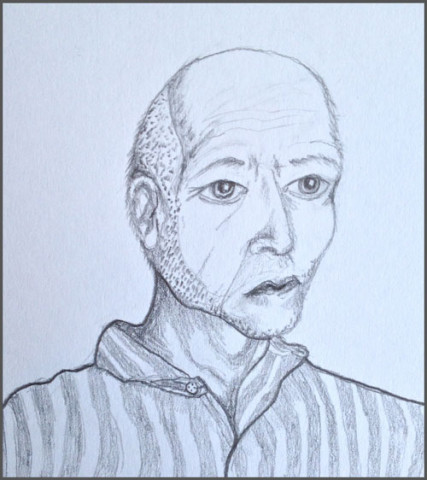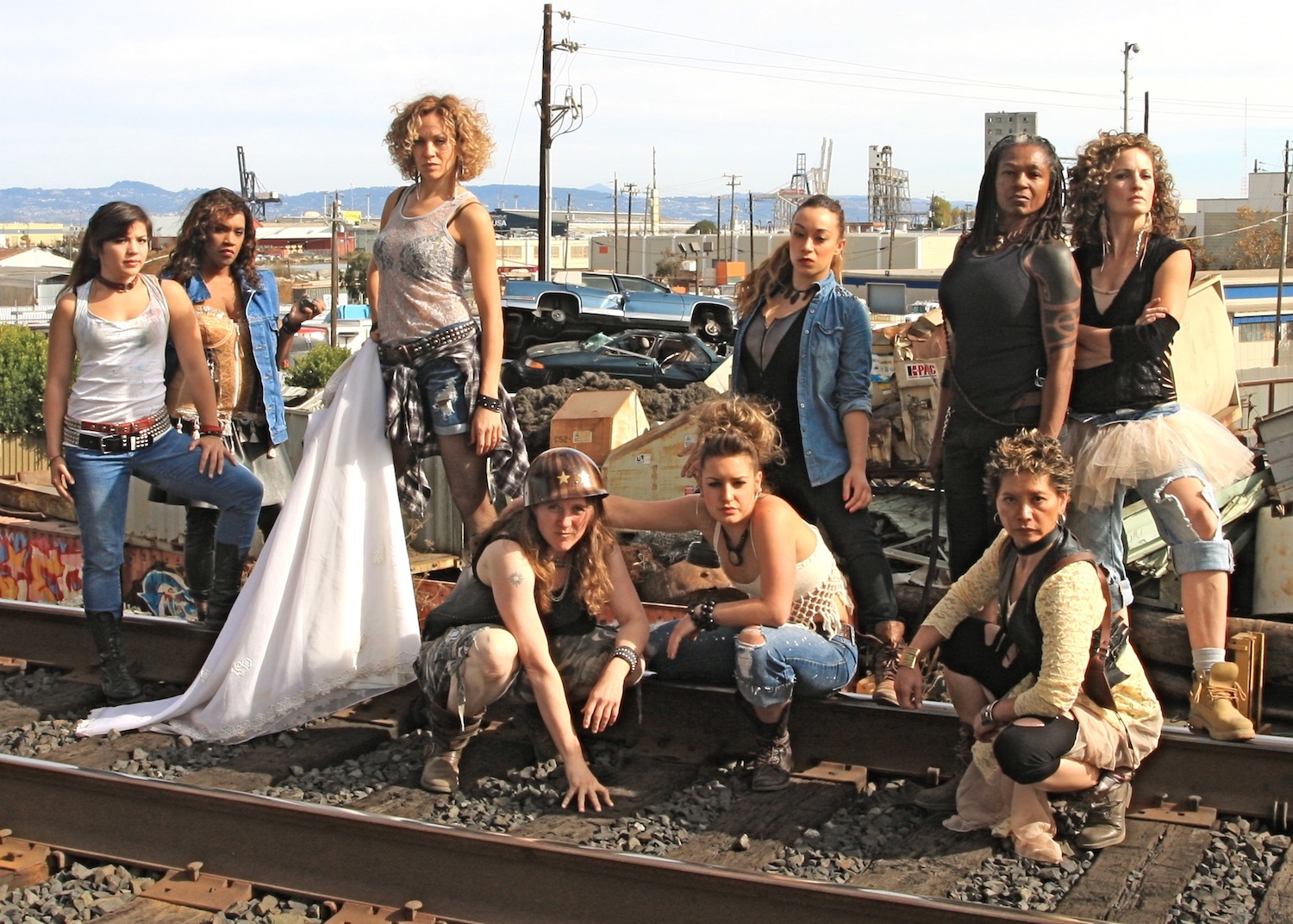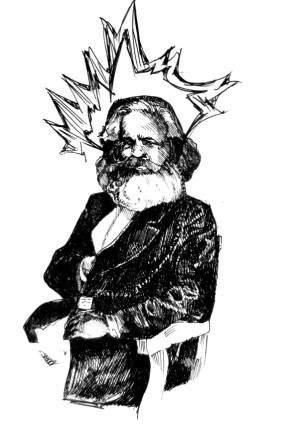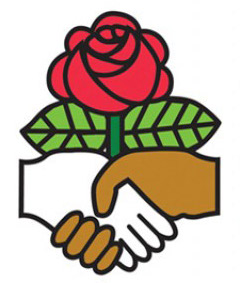San Francisco is a city of murals: from the Progressive Era to the waves of Latin American immigrants in the 1970s and 1980s, the city’s radical history lends itself well to splashes of life and color. By the time the Mission Muralismo movement peaked in the 1980s and 1990s, San Francisco was post-industrial, grimy, and full of artists and punks: in a sense, the perfect locale for a burgeoning graffiti and mural scene. Continue reading
Author Archives: admin
INTERVIEW: Dan Siegel, Progressive Candidate for Oakland Mayor
Dan Siegel is running for mayor of Oakland on a progressive platform of a higher minimum wage, housing and tenant’s rights, public internet and police reform. Siegel, a civil rights attorney with a history of organizing and activism, was voted “Most Progressive Oakland Mayoral Candidate” in the East Bay Express.
Unusual for a politician, Siegel—who referenced the idea of “radical reformism” in discussing his political views—has nuanced views on crime, gentrification and civics that hint at a deeper understanding of society and economy. We sat down with him to talk about his politics, his background working with the left, and his vision of the future of Oakland.
Marxist Mixtape: Watsky ft. Chinaka Hodge – “Kill a Hipster”
“Only hipsters like zombies,” my friend commented as she watched the zombies prance around in Watsky’s “Kill a Hipster” music video. The zombie-hipster metaphor is particularly apt given the racialized origins of both hipsters and zombies: Zombies originated in Afro-Caribbean Haitian folklore—corpses that could be reanimated through necromancy—yet in the past decade that history was mostly forgotten, as the zombie became a semi-humorous staple of Western youth culture (evinced by the popularity of media like the book Zombie Survival Guide [2003] and films 28 Days Later and World War Z).
The hipster, too, has its origins in appropriation of both African American and other cultures—something Norman Mailer first noted, but which Watsky does an effective job of illustrating. “Hummus, hummus, I’m getting hummus, hummus,” he chimes at the zombified hipsters lounging in the park, practicing Spanglish at the taco truck. Watsky and the video hipsters’ adoption of keffiyehs—a symbol of Palestinian resistance that became completely stripped of meaning after its hipster appropriation, on ironic par with Che Guevara shirts—illustrates the same kind of cultural forgetting. Continue reading
Marxist Mixtape: “Omnipotent #WaveOfAction” with Eminem, Ice Cube and Korn
The populist genre of the 1960s and 1970s was folk music. When Neil Young or Joan Baez took the military-industrial complex to task, they strummed and crooned about it; in a sense, their aching voices were the voice of the sixties, a peaceful, critical call-to-arms.
Does it make sense that, nowadays, it would be nü metal?
Hemorrhage: An Ablution of Hope and Despair
“Hemorrhage: An Ablution of Hope and Despair”
In April 1937, Mussolini and Hitler’s air forces, in compact with Franco’s nationalists, began a bombing campaign against the Basque city of Guernica. The city had no military defenses and few soldiers; hundreds of civilians were killed or maimed in the assault. While the Basque civilians were horrified at the senseless aggression of the fascists, the rest of the world barely noticed. Rather, it took a generation of artists to take to their typewriters and paintbrushes to communicate the fascists’ war crimes to a callous world.
One of these artist happened to be the Spaniard Pablo Picasso, who was living and painting five hundred miles northeast, in Paris. His response was to paint “Guernica,” perhaps his most famous canvas, an abstract depiction of the agonizing death of Guernican civilians under the wrath of the bombers. So powerful and illustrative was the painting that it is rumored to have prompted a Nazi officer to arrive at Picasso’s doorstep in Paris and ask, “Did you paint this?” To which he responded, “No. You did.”
Introducing: Marxist Mixtape
PopFront is proud to introduce Marxist Mixtape, a regular series about music, culture and politics. The goal of Marxist Mixtape is to cover individual songs from any era or genre that could constitute a contemporary popular front; that is, music that contains some progressive or leftist content, even if it’s just a blip or a few lyrics.
Pieces are short (2-6 paragraphs) and include a link to the song, usually on Youtube. For every 10 songs reviewed, we will create a Youtube playlist—an online mixtape that you can jam to from any computer, tablet or device with an internet connection.
Popular Front
The term Popular Front refers to a coalition of activists and artists. In the labor era, the Popular Front in the United States included artists, writers and filmmakers as diverse as Pete Seeger, Jack London, Woody Guthrie, George Bernard Shaw, Frida Kahlo and Charlie Chaplin. The cultural and social influence of the Popular Front was immense and led to the New Deal, women’s suffrage, the civil rights movement, and the rise of labor parties that created well-paid middle-class jobs out of working-class manufacturing work.
Part of PopFront’s mission concerns the merging of journalism, activism, culture and politics to build a contemporary Popular Front; as such, we are proud to offer a curated guide to activism and political events in the west coast. Currently we are working on curating a list of events and groups in Northern California; later we hope to expand to SoCal, Portland and Seattle.
Please click on either “Groups” to read about political parties, organizations and causes with regular meetings; click “Events” to read about upcoming events and marches with political significance.
Democratic Socialists of America – Bay Area chapters
The Democratic Socialists of America (DSA) root their vision of socialism in the concept of democracy; specifically, extending democratic control to the economic sphere. In their words: “We are activists committed to democracy as not simply one of our political values but our means of restructuring society. Our vision is of a society in which people have a real voice in the choices and relationships that affect the entirety of our lives. We call this vision democratic socialism — a vision of a more free, democratic and humane society.” Important theorists for DSA include Marx and Antonio Gramsci, the 20th-century Italian political theorist who originated ideas about cultural hegemony. Young Democratic Socialists (YDS) is the student and youth branch of DSA.
The DSA considers itself a socialist-feminist organization and involves itself in a plethora struggles that adhere to its social vision. These include advocating for LGBTQ rights, civil liberties, environmental justice, anti-imperialism and anti-racist struggles. As DSA is not a political party but rather a political organization, its members are often also members of other various parties—Greens, Peace & Freedom and even the Democratic Party. DSA has a strong presence within the intellectual left in the United States; Professor Cornel West is an honorary chair, and other notable members include Michael Walzer, Frances Fox Piven, Michael Harrington and Barbara Ehrenreich.
Northern California has multiple chapters.
East Bay DSA
Meets bi-weekly, often at the Niebyl-Proctor Library.
San Francisco DSA
See link above.
UC Davis Young Democratic Socialists




